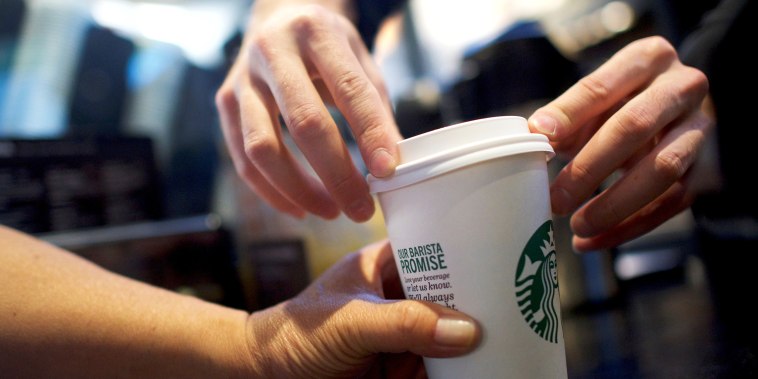The recent phenomenon of a consumer pullback – long predicted by experts – has now begun to manifest itself in the restaurant industry, impacting major chains such as Starbucks, KFC, and McDonald’s.
One of the key factors contributing to this pullback is the current state of the economy. With rising inflation and stagnant wage growth, many consumers are feeling the pinch in their wallets, leading them to cut back on discretionary spending, such as eating out. This trend is likely to continue as economic uncertainty persists.
Moreover, changing consumer preferences are also playing a role in the pullback. Health-conscious consumers are increasingly looking for healthier, more sustainable options when dining out, leading them to shun traditional fast-food chains in favor of healthier alternatives. Companies like Starbucks, KFC, and McDonald’s are now facing the challenge of adapting to these shifting consumer preferences in order to remain competitive in the market.
Another factor contributing to the pullback is the rise of delivery services and meal kits. With the convenience of ordering food online and having it delivered to their doorstep, many consumers are opting for this hassle-free option over traditional dining out experiences. This trend has put pressure on restaurants to innovate and offer unique dining experiences in order to attract customers back to their establishments.
In response to the consumer pullback, restaurants like Starbucks, KFC, and McDonald’s are implementing various strategies to mitigate the impact. This includes introducing healthier menu options, enhancing the overall dining experience, and ramping up their digital presence to attract tech-savvy consumers.
Despite the challenges posed by the consumer pullback, there are opportunities for restaurants to thrive in this changing landscape. By staying attuned to consumer preferences, investing in innovative solutions, and adapting to the evolving market trends, restaurants can position themselves for success even in the face of economic uncertainty.
In conclusion, the long-predicted consumer pullback is now impacting restaurants like Starbucks, KFC, and McDonald’s, prompting them to rethink their strategies and offerings to stay relevant in a competitive market. By understanding the underlying factors contributing to this trend and by implementing effective solutions, restaurants can navigate through these challenging times and emerge stronger on the other side.

